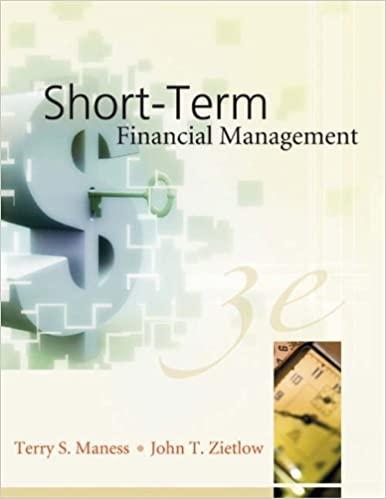

(Computing rates of return) From the following price data, compute the annual rates of return for Asman and Salinas. Time Asman Salinas 1 $10 $29 2 12 27 3 11 31 4 13 35 (Click on the icon in order to copy its contents into a spreadsheet.) How would you interpret the meaning of the annual rates of return? The rate of return you would have earned on Asman stock from time 1 to time 2 is %. (Round to two decimal places.) The rate of return you would have earned on Asman stock from time 2 to time 3 is %. (Round to two decimal places.) The rate of return you would have earned on Asman stock from time 3 to time 4 is %. (Round to two decimal places.) The rate of return you would have earned on Salinas stock from time 1 to time 2 is %. (Round to two decimal places.) The rate of return you would have earned on Salinas stock from time 2 to time 3 is %. (Round to two decimal places.) (Computing rates of return) From the following price data, compute the annual rates of return for Asman and Salinas. Time Asman Salinas 1 $10 $29 2 12 27 3 11 31 4 13 35 (Click on the icon in order to copy its contents into a spreadsheet.) How would you interpret the meaning of the annual rates of return? The rate of return you would have earned on Salinas stock from time 3 to time 4 is %. (Round to two decimal places.) How would you interpret the meaning of the annual rates of return? (Select the best choice below.) A. The annual rate of return with no dividends paid is the price at the beginning of one period less the price at the end of the period divided by the price at the beginning of the period. B. The annual rate of return with no dividends paid is the price at the end of one period less the price at the beginning of the period divided by the price at the beginning of the period. C. The annual rate of return with no dividends paid is the price at the end of one period less the price at the beginning of the period divided by the price at the end of the period. D. The annual rate of return with no dividends paid is the price at the beginning of one period less the price at the end of the period divided by the price at the end of the period








